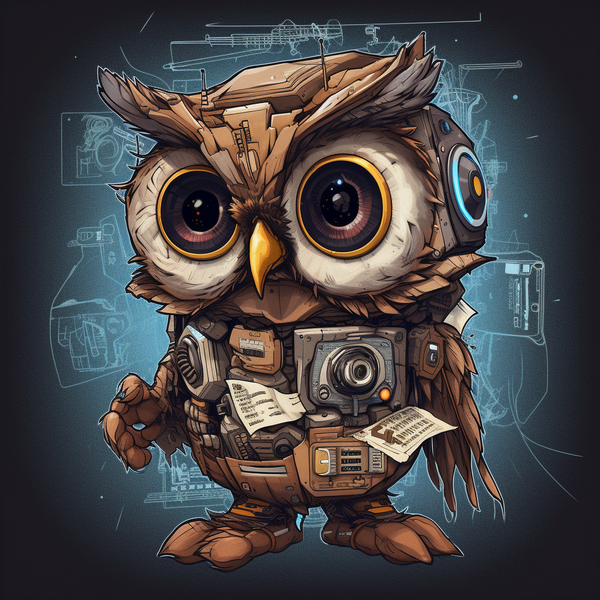This year, I've been exploring new ways to collaborate with friends and colleagues on professional projects, inspired by the new productivity potential AI enables.
Freelancers are at the forefront of transformation in knowledge work. Historically, individual contractors operated as solopreneurs, gradually expanding into mini agencies or startups as they scaled their businesses.
Today, a more dynamic, collaborative approach to freelance work is taking shape, inspired by the fluidity and adaptability of film sets where directors and producers curate a diverse mix of experts for each project.
In this new landscape, freelancers have options to galvanize teamwork to focus on their creative and professional interests. Here are 10 emerging collaboration models that provide exciting alternatives to traditional freelance work:
- Flat, self-selecting groups: Freelancers with similar skills, potential, and interests can form non-hierarchical collectives, pooling their talents and resources to tackle projects together. This model promotes diversity, innovation, and shared learning.
- Cooperatives: Freelancers can join or establish cooperatives, which are worker-owned and managed organizations. In a cooperative, each member has an equal say in decision-making, and profits are distributed equitably among members.
- Crowdsourcing with fair payment: Platforms that facilitate crowdsourcing can enable freelancers to contribute their skills and expertise to large-scale projects while receiving adequate compensation for their work.
- Profit-sharing: Freelancers can form partnerships or join existing organizations that offer profit-sharing arrangements, allowing them to share in the financial success of the projects they contribute to.
- Project-based work: By focusing on specific projects, freelancers can hone their expertise and collaborate with other professionals who share their passions and goals. This approach allows for greater flexibility, adaptability, and creativity.
- Research and exploratory work: Freelancers can dedicate their time to research, exploration, and experimentation in their chosen fields, collaborating with like-minded individuals to push the boundaries of knowledge and innovation.
- Self-selected and initiated work: In this model, freelancers have the autonomy to choose and initiate projects that align with their interests and passions. This approach fosters creativity, motivation, and personal fulfillment.
- Skill-learning and practice at one’s pace with mentoring: Freelancers can engage in continuous learning, developing new skills and refining existing ones at their own pace. By partnering with mentors or participating in peer-to-peer learning, they can gain valuable insights and guidance.
- Payment for pursuing personal intellectual, community, and creative interests: Some organizations and platforms provide financial support for freelancers who dedicate their time to personal intellectual, community, and creative pursuits. This model enables freelancers to explore their passions while still earning a living.
- Alternative economic structures: New forms of economic organization are emerging in the Web3 space, wherein freelancers and other stakeholders have a significant voice in decision-making. These models promote collaboration, fairness, and shared success.
As the future of work unfolds, freelancers can decrease overwhelm and increase predictability by exploring these new collaboration models and seize the opportunities they present. By embracing non-traditional approaches, we can create a more inclusive, diverse, and innovative workforce that values and nurtures human potential.









